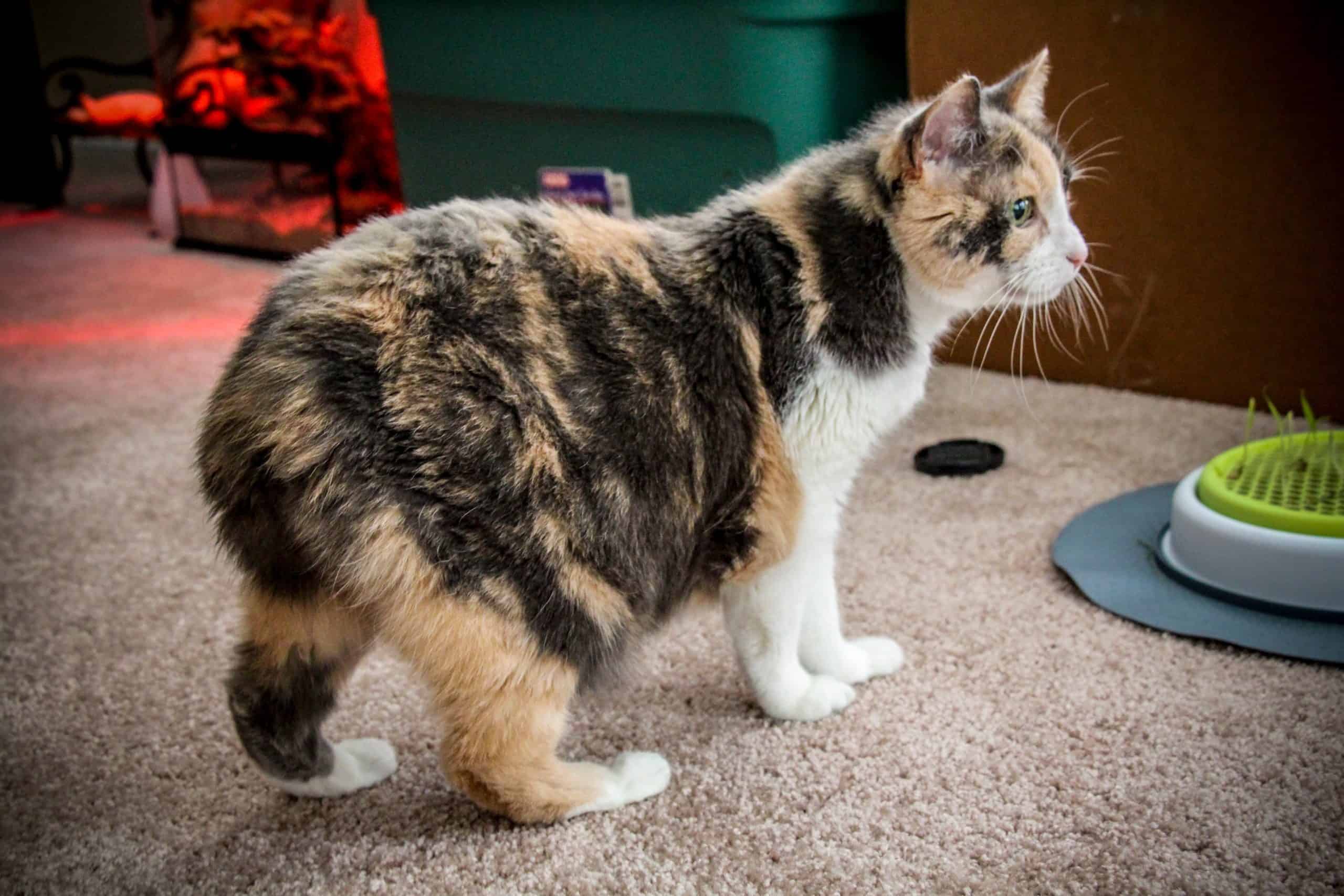To many owners, a cat’s tail is just another fluffy appendage on their feline friend. But did you know that cats use their tails for far more than just looking fabulous? Here are five facts about cat tails that might surprise you…
1. The domestic cat is the only cat in the world that holds it tail up while walking.
Unlike their less domesticated cousins, the felis catus evolved with a unique way of walking with its tail held straight up in the air. This is their way of indicating to their owners and other cats that they are open to interaction. A 1997 study by Cameron-Beaumont found that cats were reluctant to approach a feline silhouette with a lowered tail, but they had no issue approaching if the tail was vertical.
2. Tails play a massive part in feline communication.
If you’ve ever been around a cat, you probably already know that watching a kitty’s tail is an easy way to tell whether they are feeling friendly or are about to try to bite your face off. But did you know they can communicate so much more than simple aggression or amiability?
Many cats will wrap their tails around each other as a makeshift handshake, exchanging scents in the interaction. Cats will do this with their human owners as well. If your cat ever wraps its tail around your legs, it usually means they want attention. For more information on what your cat’s tail is telling you, check out this article on cattitudedaily.com.
3. Tails are also essential to a cat’s sense of balance
Like how many tightrope walkers work with a balancing pole, a cat uses its tail as a counterweight. Helping them maintain their balance even while leaping onto narrow surfaces. Cheetahs similarly use their tails, although their stunts are usually less aerial. While sprinting, A cheetah will use its tail as a rudder to guide its direction and keep them balanced during hairpin turns. Cats that lose their tails to trauma and amputation eventually learn to balance with whatever they have left but they may be less adventurous with their tumbling.
4. Some cats have lost their tails entirely
The Manx Cat is one of the best examples of this phenomenon. Hailing from the isle of man, these cats are known for being entirely tailless, but many Manx cats actually have tails and are classified according to their tail lengths.
Rumpies: have no tail at all and instead have a dimple and sometimes a short tuft of hair where their tail would be.
Risers: have a bump of cartilage right at their tail, but it is generally unnoticeable unless they’re excited.
Stumpies: have a residual tail, up to 1 inch long, with the vertebrae fused together.
Stubbies: have tails, but they are about half the length of the average cat, usually around 6 inches.
And Longies: have any tail that’s longer than a stubby.
Breeding Manx can be rather complicated.
While Stubby and Longy Manx cats are ineligible for most cat shows, they are integral to the breed’s long-term survival, as they do not carry the dominant gene for the Manx’s taillessness. Having two sets of the tailless gene has been known to cause Manx syndrome, a condition in which the spinal cord is shortened, damaging the spinal cord and nerves. For this reason, many breeders will mate their rumpies with stubby and longy Manx cats because it helps mitigate the risk of that happening.
To learn more about Manx cats, check out this article here on cattitudedaily.com.
5. The world record for the longest tail for a domestic cat is 17.58”.
The record belongs to a Maine Coon named Cygnus and might not seem very impressive until you remember that the average cat’s tail is only 12”. While Cygnus’ owners are very proud of him and his tail, they admit that the tail can be somewhat cumbersome as Cygnus has a habit of dipping his tail into things accidentally and leaving a trail around the house.








